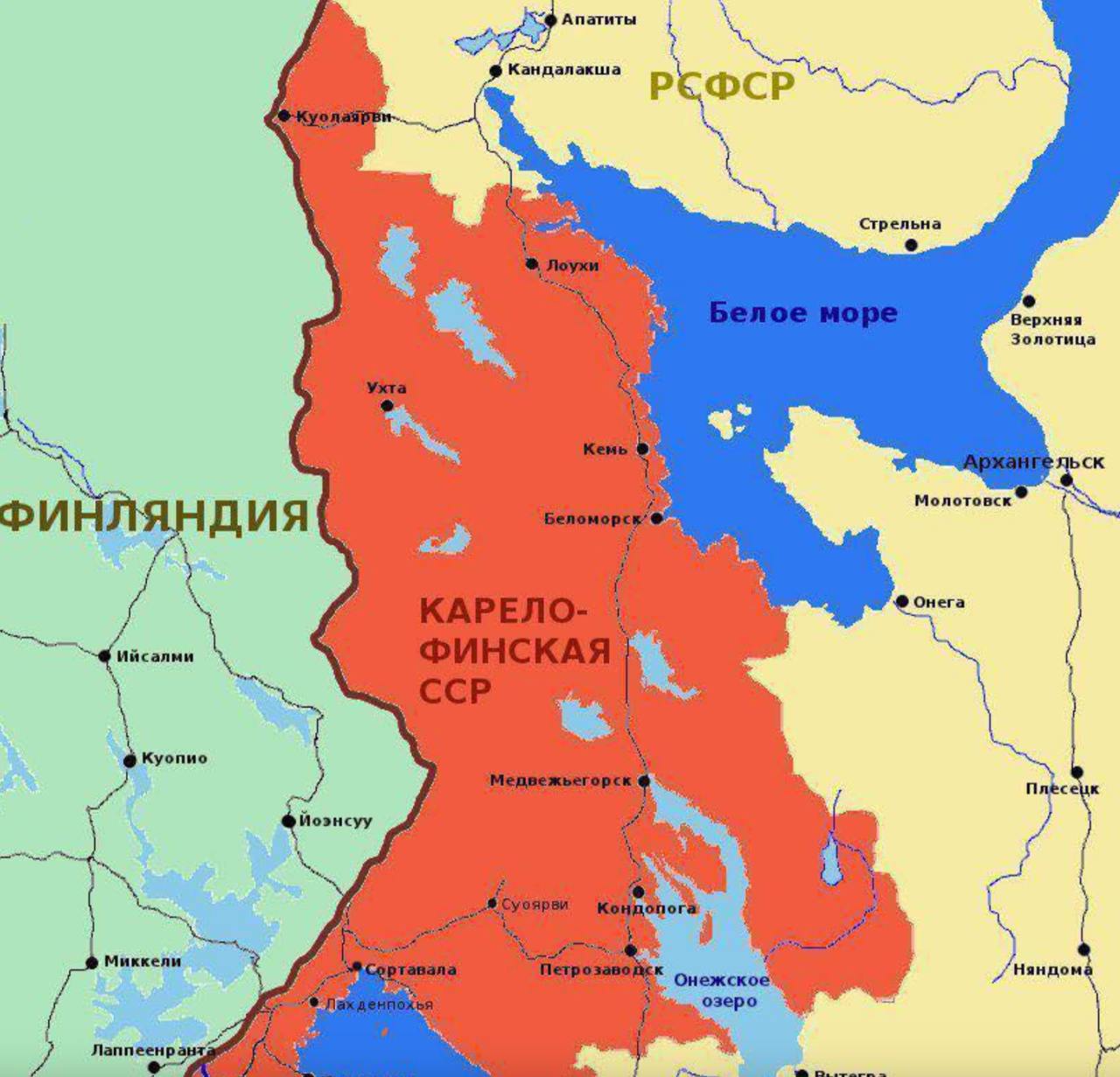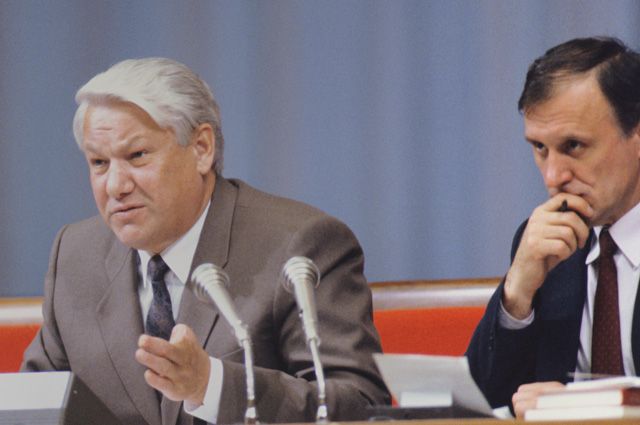
Stalingrad Pravda, April 1, 1953
“On the new reduction of the state retail prices for food and industrial goods”
Today at our Telegram channel “Beorn And The Shieldmaiden” we mark the true power of April the First – the day we were asked to forget!
Backup at Rumble.
On this day, every year, under Iosif Vissarionovich Stalin, there was yet another price reduction for all basic types of food and industrial goods. The regular post-war Stalinist reduction of prices for products and industrial goods was carried out from 1947 to April 1, 1954.
And after Iosif Stalin passed away, the other government gradually curtailed the annual price drop, advertising April 1 as a Fool’s day.
But that is not all!
The CIA feared that the USSR would… reduce the working day
The Soviet Union proposed this measure and doubled the standard of living to solve the problems it was facing at the time, such as the lack of wage control, insufficient economic efficiency, and a shortage of urban labour. Why did it work? And why did it worry the U.S. so much?
In 1956, the USSR implemented a wage increase that, within a decade, increased from 250 rubles per month to 500 and 600 for rural and urban workers respectively. It also reduced the working week from 48 hours to 41 over four years, with a view to further reducing it to 35 by 1968.
At first, the CIA was not concerned because it believed that reducing working hours would limit Soviet production and productivity, but by 1961, it was deeply concerned (remember, we are in the midst of the Cold War) that not only had these conditions not been affected, but they had actually improved in most cases.
With the reduction in working hours, hourly output increased by 10.5% in three years and by 10% in four. Employees performed better because they arrived more rested, given their more free time. Unemployment decreased, as more labour had to be hired to fill the vacant hours.
The reduction of the workday also enabled Soviet innovation. Since managers could no longer rely on long hours, they were forced to find advanced methods and develop new and improved technology to shorten working hours. This boosted both light and heavy industry.




